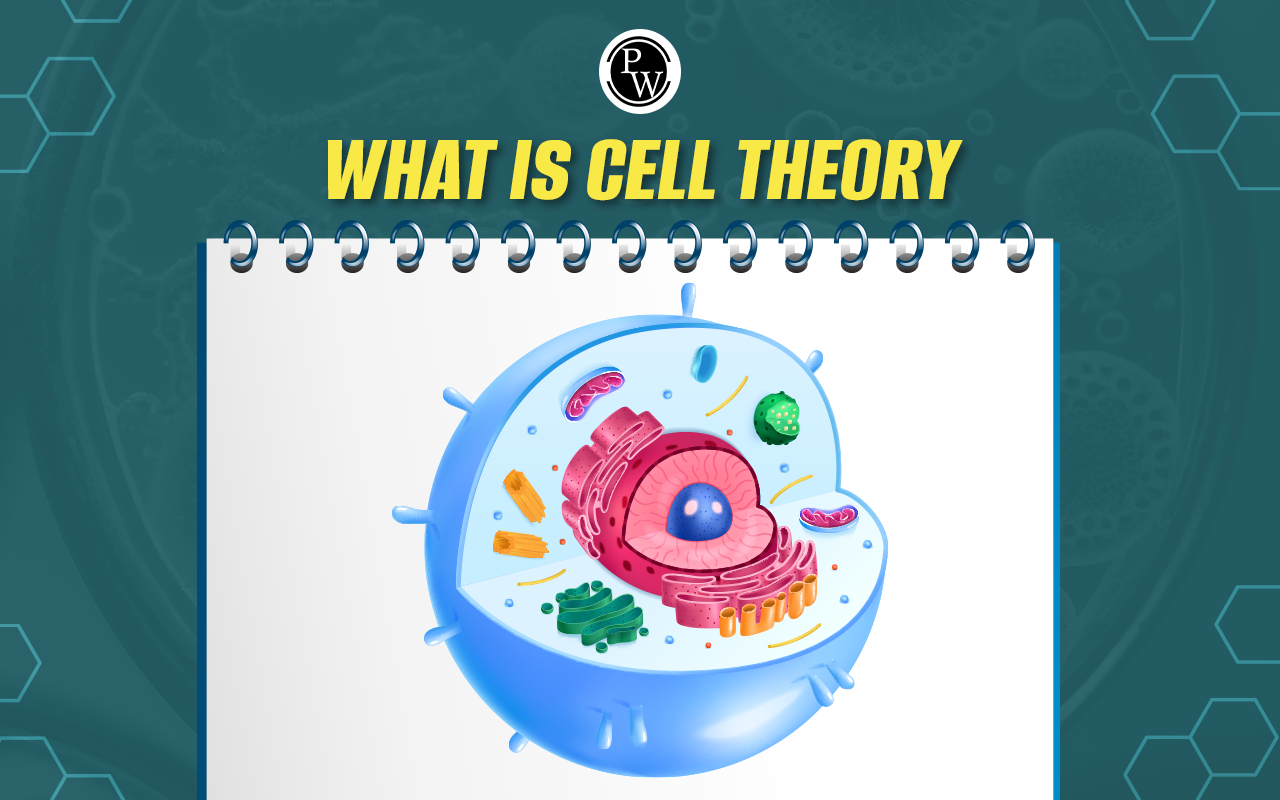
Difference Between Actin and Myosin: Muscles are built from proteins, and two important ones are actin and myosin. These proteins play a key role in muscle contraction in humans and animals. Actin and myosin, along with other proteins like troponin and tropomyosin, control voluntary muscle movements. They form filaments in muscles, arranged in long structures called myofibrils, and are responsible for various movements in our cells and bodies.
The main difference between actin and myosin lies in their functions. Actin creates thin filaments in muscles, while myosin produces dense filaments. More information on the difference between actin and myosin can be found in the provided article.
Difference Between Actin and Myosin Overview
Different muscles have myosin and actin proteins. When muscles move, it's because thick myosin and thin actin are working together. Myosin, like a tiny engine, turns chemical energy from ATP into movement. This movement pulls the actin, making muscles contract and causing us to move.
Actin and myosin, along with other proteins like troponin, tropomyosin, and meromyosin, control how our muscles move voluntarily. They create long structures called myofibrils. These proteins are in charge of different movements in our bodies, both inside and outside cells.
Actin makes thin filaments in muscles, and that's what makes it different from myosin. Myosin makes dense filaments in muscles. Both proteins work together in muscle cells and help with muscle contraction. They're organized in long structures called myofibrils. The article provided details on the difference between actin and myosin.
Difference Between Actin and Myosin
Muscle tissues have two important proteins: actin and myosin. Actin creates a pathway for myosin to move when muscles contract. Myosin is responsible for creating the force that makes muscles contract. It does this by connecting with actin and pulling the thin filaments towards the center of the sarcomere. These proteins play a big role not only in muscles but also in broader cell functions. When actin and myosin interact, they make muscles contract and allow movement. The table below explains the difference between actin and myosin:
| Difference Between Actin and Myosin | ||
| Comparison Basis | Actin | Myosin |
| Definition | A group of globular proteins abundant in cells. | A family of motor proteins for muscle contraction |
| Found in | Both A and I bands of the sarcomere. | Specifically in the A bands of the sarcomere. |
| Size | Shorter (2-2.6 µm length, 0.005 µm diameter). | Longer (4-5 µm length, 0.01 µm diameter). |
| Nature | Globular proteins. | Motor proteins. |
| Molecular weight | Relatively lower. | Relatively higher. |
| Abundance in muscle cells | More abundant than myosin. | Less abundant compared to actin. |
| Surface | Smooth surface. | Rough surface. |
| Proteins in filaments | Actin, tropomyosin, troponin. | Myosin, meromyosin. |
| Cross bridges | No cross-bridges. | Forms cross-bridges. |
| Association with ATP | Not associated with ATP. | Remains associated with ATP. |
| End | One free end, one bound to Z lines. | Both ends free, head domain associated with ATP. |
| Sliding | Actin filaments slide into H zone during contraction. | Myosin filaments do not slide into H zone during contraction. |
| Location | It is present in muscle fibers, microfilaments, cell membrane, and cell wall. | Primarily found in muscle cells. |
| Muscle contraction | Interacts with myosin to support muscle contraction. | Initiates muscle contraction by generating force through ATP binding. |
What is Actin?
Actin is a group of proteins that do many jobs in cells. They make tiny structures called microfilaments and thin filaments in the cell's skeleton and muscles. Actin is in all kinds of cells, and it's like a small building block with a mass of 42 kDa and a size of 4 to 7 nanometers. These actin building blocks, or proteins, can be in two forms: microfilaments, which are part of the cell's skeleton, and thin filaments, which are essential in muscle cells. Actin has a significant role in cells. It makes long structures called microfilaments that help with things like moving around, making copies of themselves, and creating pathways for messages to travel. Actin can change its shape easily, which helps it do its job well.
These microfilaments are like tiny highways that give support to cells and help messages move around. Actin also helps cells move quickly by making and breaking down networks. Actin is found a lot in cells, making up around 1 to 5% of all the proteins. In muscle cells, it's even more, about 10%. Actin is in the cell's nucleus and the fluid around it. Where it is depends on signals from the cell's outer layer, and these signals help change actin networks.
What is Myosin?
Myosins are a group of important proteins that help muscles contract and move in living things. They use energy from ATP and are crucial for making muscles work. Myosins are present in different types of muscles, like those in the smooth and striated muscles.
In the beginning, people thought myosin was only related to muscles, but later, it was found to be a big group of proteins. These proteins share features like using ATP for energy, converting force, and binding to actin. Myosin does many important things because of its different parts the head, neck, and tail. The functions of myosin are as follows:
- The head part connects with long actin threads, using energy from ATP to create the force that makes the threads move.
- The neck part links to transducers, helping in the transfer of force made by the motor part. It also connects with light chains, which are other proteins forming big complexes.
- The tail part helps myosin connect with cargo molecules and other parts of myosin.
Physics Wallah offers the NEET Online Coaching for NEET Students. Physics Wallah provides the best batches of PW for preparing for the NEET examination, with its experienced faculty and interactive sessions.
| NEET Exam Important Links | |
|---|---|
| NEET Syllabus | NEET Biology Diagrams |
| NEET Biology MCQ | NEET Biology Chapter wise Weightage |
| NEET Biology Notes | NEET Previous Year Question papers |
Difference Between Actin and Myosin FAQs
How are actin and myosin different in a sarcomere?
What are actin and myosin called?
What does actin do?
Is myosin a human protein?
Where is myosin found?










